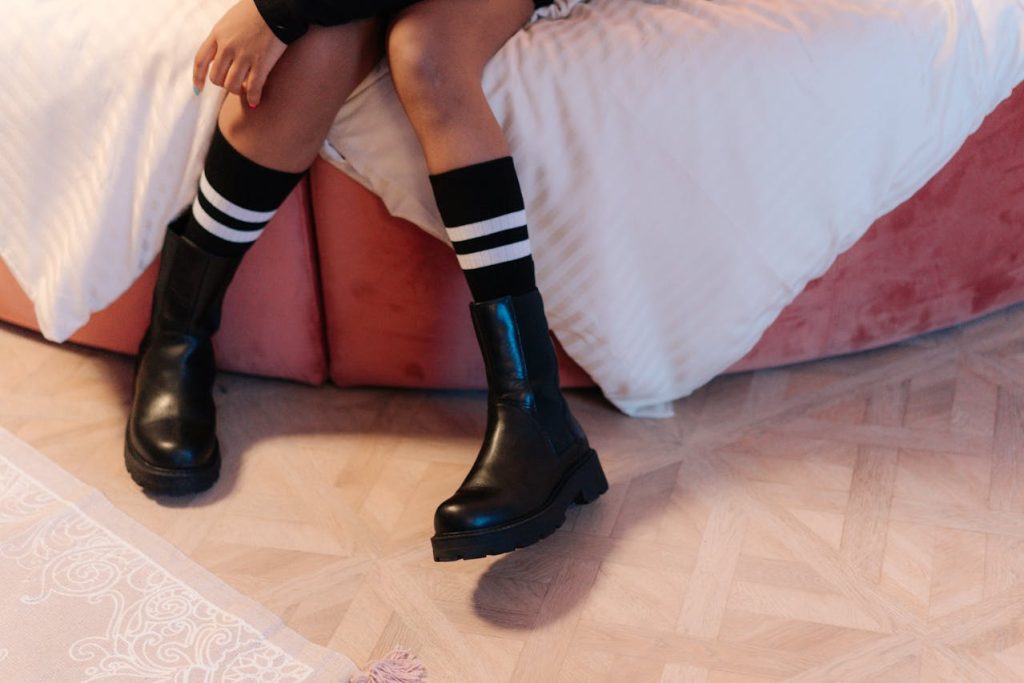
When you set out on your adventures, have you wondered how many miles those trusty hiking shoes will last? Your footwear plays a key role in how comfortable and effective your hikes will be. With so many options, determining the right fit can be challenging. Whether you’re tackling rocky trails or strolling through serene forests, knowing the expected mileage of your shoes is crucial. Let’s explore the essentials of hiking footwear and the seasonal picks that will keep you trekking smoothly.
Understanding Your Hiking Footwear
Hiking shoes are more than just a fashion statement; they’re vital for your outdoor experience. The right pair provides support, grip, and comfort on rough terrain. Familiarizing yourself with various types can help you make informed choices.
Most hikers choose shoes or boots designed to endure diverse conditions, featuring durable soles, ankle support, and waterproof materials to shield your feet from the elements.
Trail runners are gaining popularity too. They’re lightweight and flexible but might not offer the needed rigidity for tough hikes. Knowing your needs will guide you to footwear that enhances each step of your adventure!
Hiking Shoes vs. Trail Running Shoes
Hiking shoes and trail running shoes serve distinct purposes, though they may seem similar at first. Hiking shoes offer stability and support for rugged terrain, with stiffer soles to manage uneven surfaces, offering more protection for your feet.
Conversely, trail running shoes focus on a lightweight design and flexibility, allowing swift movement on trails but often lacking the ankle support found in hiking shoes. This makes them less ideal for extended hikes with heavy backpacks.
Your choice between these depends on your planned activities. For lengthy treks with more gear, hiking shoes might be preferable. For quicker adventures or short trail runs, trail runners could be the answer.
What to Look for in Hiking Footwear
Choosing the right hiking footwear ensures comfort on the trails. Start with fit. Your shoes should snugly hug your feet without causing discomfort. A proper fit prevents blisters and enhances stability.
Consider traction. Opt for outsoles with deep lugs that can grip various terrains, from rocky paths to muddy trails, providing confidence in every step.
Pay attention to breathability and waterproofing based on your needs. If hiking in wet conditions, choose waterproof shoes to keep feet dry. In hot climates, breathable mesh materials maintain comfort during long hikes.
Trail Runners vs. Hiking Boots
Trail runners are designed for speed and agility on varied terrain. They’re lightweight, allowing for quick movements and less fatigue. The breathable materials keep your feet cool, especially in warmer weather.
Hiking boots, however, offer better ankle support and durability, with tougher materials that withstand rugged conditions. This added protection is crucial when navigating rocky paths or uneven ground.
Your decision often comes down to personal preference and hiking style. If your adventures include fast-paced trails or running segments, trail runners may be ideal. For longer treks with heavy loads, hiking boots provide stability and comfort.
Choosing the Right Footwear for Your Needs
Selecting the right footwear for your hiking trips is crucial. Consider the terrain you’ll encounter. Rocky trails require sturdy shoes with good ankle support, while smoother paths may allow for lighter options.
Think about your comfort preferences. Some hikers favor extra cushioning, while others prefer a minimalist feel that encourages natural foot movement. It’s vital to try different styles and brands to find your perfect fit.
Consider seasonal variations. Waterproof shoes suit wet or wintry conditions, while breathable materials work well in warmer months. Always prioritize functionality based on your hiking plans!
Best Footwear Options for Different Seasons
When it comes to seasonal hiking, choosing the right footwear is crucial. In spring and summer, lightweight hiking shoes or trail runners offer breathability and comfort for warmer weather while providing grip on varied terrains.
In fall, consider waterproof options like mid-cut hiking boots. The changing weather can bring rain and cooler temperatures, keeping your feet dry while providing insulation.
In winter, insulated waterproof boots are essential. Look for designs with good traction to safely navigate icy trails. Proper warmth and stability will help you tackle snowy landscapes without compromising comfort or safety.
Factors to Consider in Choosing Hiking Shoes
Choosing the right hiking shoes involves several key factors. First, consider the terrain you’ll tackle. Rocky paths may need sturdier footwear with more traction, while smooth trails might permit lighter options.
Fit is another vital aspect. A well-fitting shoe minimizes blisters and discomfort on long hikes. Try shoes in person, preferably at day’s end when your feet are slightly swollen.
Weight is also crucial. Heavier boots offer support but can tire you faster on longer hikes. Lighter shoes boost agility but may lack the protection and cushioning needed for rugged routes.
Pros and Cons of Trail Running Shoes
Trail running shoes are crafted for speed and agility on rugged terrain. They’re lightweight, enhancing performance during long hikes or runs. The breathable materials often used in their construction help keep your feet cool and comfortable.
However, trail runners may lack the support needed for extended hiking trips. While they offer traction, they don’t always provide the stability of traditional hiking boots, which can lead to discomfort if carrying a heavy pack over uneven ground.
Durability is also a concern. Trail running shoes generally wear out faster than hiking boots due to their lighter build and softer soles. If you frequently hike on rough paths, this could impact the mileage you get before needing a replacement pair.
Pros and Cons of Hiking Shoes
When considering hiking shoes, it’s essential to weigh their pros and cons.
Hiking shoes provide excellent support with stiffer soles for rugged terrains without sacrificing comfort. Their construction often offers better ankle protection than lighter options, crucial on challenging trails. Many hiking shoes also feature waterproof materials to keep feet dry in wet conditions.
On the downside, they can be bulkier and heavier compared to trail runners, possibly leading to fatigue during long hikes. Some hikers find them less breathable in warm weather.
The choice between hiking shoes and other footwear depends on your specific needs and preferences. Assessing the mileage you expect from these options will guide you in making the right decision for your adventures ahead.

I’m an enthusiast of digital finance and online entertainment, with extensive experience in the worlds of cryptocurrency, sports betting, and casino gaming. My mission is to provide readers with reliable information to help them make informed decisions in the realm of online gambling and digital investments. On this blog, I share the latest trends, platform reviews, and tips for safe and responsible gaming.
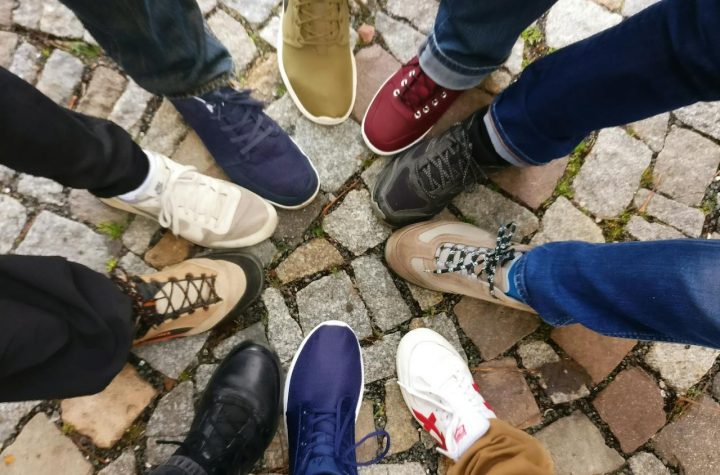
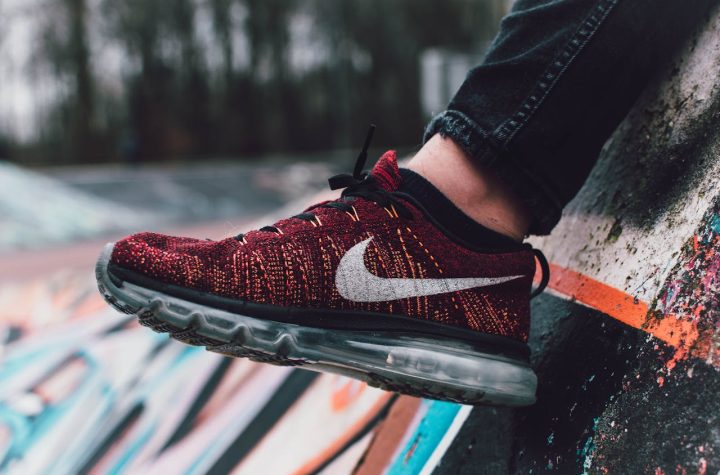
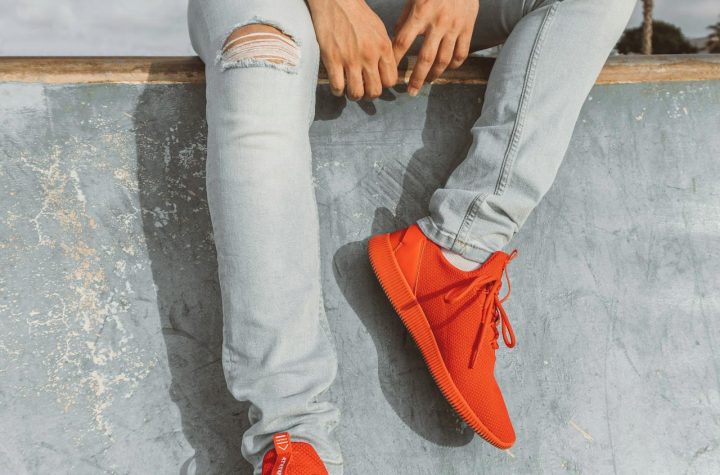
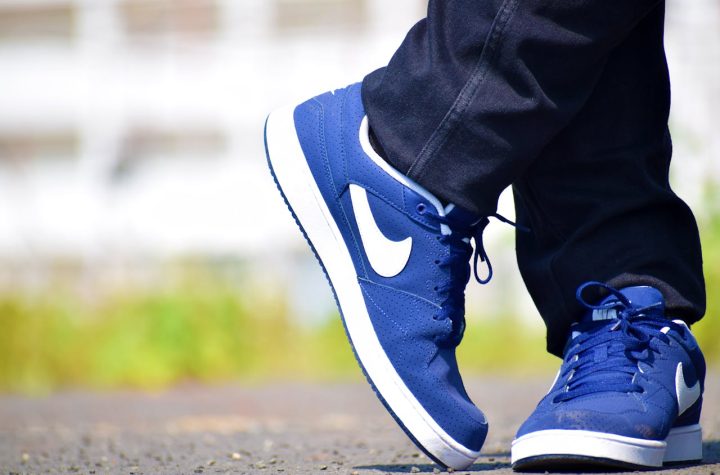
More Stories
How to Clean Patent Leather Shoes
Understanding Grey Suits
What shoes match a gray suit?